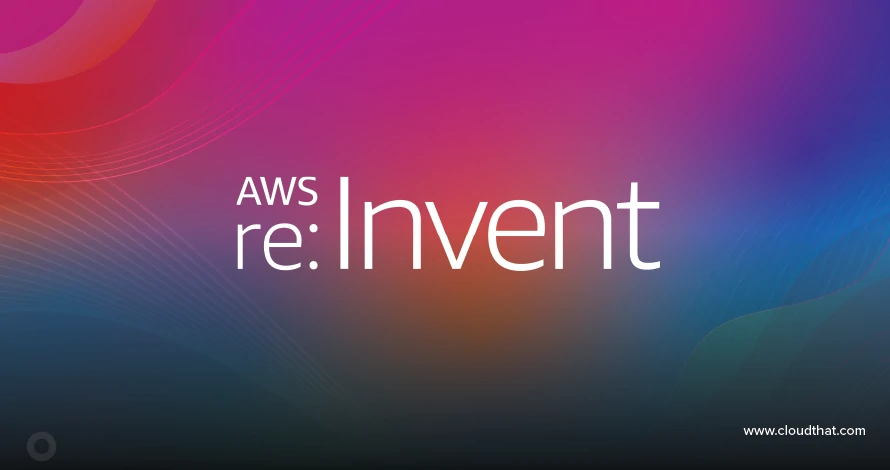|
Voiced by Amazon Polly |
Introduction
When you hear about Kubernetes, you probably think of magical, cloud-native orchestration that takes the hassle out of deploying applications. But behind that magic lies a complex ecosystem of components that work together, and one of the biggest stars in that lineup is the container runtime. For many folks, Docker has been synonymous with containers, but as technology evolves, so do the tools we use. Enter Kubernetes container runtimes and the deprecation of DockerShim!
In this article, we’ll unpack the essentials of Kubernetes container runtimes, the significance of Docker in this space, and what this deprecation means for you. Let’s dive in, shall we?
Freedom Month Sale — Upgrade Your Skills, Save Big!
- Up to 80% OFF AWS Courses
- Up to 30% OFF Microsoft Certs
- Ends August 31
Understanding Container Runtimes
What is a Container Runtime?
At its core, container runtime is the software that executes and manages the containers on a host system. Think of it as the engine that drives the car—without it, your container (or car, in this analogy) doesn’t move.
Types of Container Runtimes
There are various chatty contenders in the container universe, each with its own flair. Here’s a quick rundown:
- Standard Runtimes: These are your basic, well-known options like runc.
- OCI-Compliant Runtimes: These follow guidelines set by the Open Container Initiative (OCI), ensuring a good level of compatibility among different runtimes.
Key Functions of Container Runtimes
Container runtimes are responsible for pulling images, creating and running containers, and handling the container lifecycle. It’s no minor feat!
Kubernetes and its Container Runtime Interfaces (CRI)
The CRI Explained
Kubernetes simplifies the container landscape through its Container Runtime Interface (CRI). This interface allows Kubernetes to talk to different container runtimes seamlessly. So, it’s like having a universal remote that works with multiple devices—super handy, right?
List of Supported Container Runtimes
Kubernetes supports a myriad of runtimes, including:
- containerd
- CRI-O
- Docker (historically)
Managing Different Runtimes in Kubernetes
If you’re into mixing things up with different runtimes, Kubernetes makes it easy to configure and switch between them. Just a few configurations, and you’re rolling!
The Rise of Container Runtimes
Why Choose Alternatives to Docker?
While Docker is great, it’s a heavyweight champion in the ring. Alternatives often offer benefits such as reduced resource usage and quicker startup times. If you’re aiming for lightweight and efficient, those lightweight runtimes are the way to go.
Benefits of Using Lightweight Runtimes
Consider going to a party with a backpack versus a heavy suitcase. The backpack lets you move around freely—this is how lightweight runtimes help you in your cloud journey. They require less overhead, enabling faster deployment and scaling.
Prominent Alternatives
- containerd: Originally part of Docker, it now runs independently and is widely adopted.
- CRI-O: Specifically built for running Kubernetes workloads and aligns tightly with the CRI.
DockerShim and Its Deprecation
What is DockerShim?
DockerShim was essentially the unsung hero that enabled Docker to work with Kubernetes. However, it has been showing signs of age, and it’s time for a transformation.
Reasons for Deprecation
The deprecation of DockerShim comes from a need to streamline the ecosystem. It’s like outgrowing your old bike when it’s time for something more robust.
Implications for Kubernetes Users
For Kubernetes users, this means saying goodbye to a familiar method of managing containers with Docker, necessitating some adaptation to go forward.
Transitioning from DockerShim to a New Runtime
Steps to Migrate to Alternative Runtimes
Making a switch? Here are the steps you’ll want to follow:
- Assess Your Current Environment: Understand your existing setup.
- Choose Your New Runtime: Select a runtime that suits your needs.
- Update Your Kubernetes Configuration: Adjust your settings to accommodate the new runtime.
Best Practices for Migration
Keep these golden rules in mind:
- Always back up your data before you leap.
- Test your new runtime in your staging environment before going live.
Popular Migration Tools
Don’t fret! There are plenty of tools to make the transition smoother. Look into tools like Kubelet and Kubeadm, as they can help you adapt.
Real-World Use Cases of Container Runtimes
Success Stories from Different Organizations
Numerous organizations have successfully transitioned to lighter runtimes and reported improved performance and faster deployments. For example, major cloud providers like Google and AWS lean heavily on these optimized runtimes.
Comparisons of Performance Metrics
Studies have shown that containerd outperforms Docker in terms of resource use and deployment speed. The numbers speak for themselves!
Future of Container Runtimes in Kubernetes
Trends to Watch
As the tech landscape continually evolves, container runtimes will likely diversify. Expect to see ongoing developments that enhance efficiency and functionality.
Importance of Adapting to Changes in Tech
Staying up-to-date is non-negotiable in tech! Embracing these changes can open doors to innovation and improved operations.
Trends to Watch
As the tech landscape continually evolves, container runtimes will likely diversify. Expect to see ongoing developments that enhance efficiency and functionality.
Importance of Adapting to Changes in Tech
Staying up-to-date is non-negotiable in tech! Embracing these changes can open doors to innovation and improved operations.
Conclusion
In summary, the transition from DockerShim to alternative container runtimes is not just a technical adjustment; it’s a chance to optimize your Kubernetes experience. As the landscape shifts, being proactive about understanding and adapting is key. Remember, it’s not just about the tools; it’s about empowering yourself to navigate this exciting cloud-native world seamlessly!
Freedom Month Sale — Discounts That Set You Free!
- Up to 80% OFF AWS Courses
- Up to 30% OFF Microsoft Certs
- Ends August 31
About CloudThat
CloudThat is an award-winning company and the first in India to offer cloud training and consulting services worldwide. As a Microsoft Solutions Partner, AWS Advanced Tier Training Partner, and Google Cloud Platform Partner, CloudThat has empowered over 850,000 professionals through 600+ cloud certifications winning global recognition for its training excellence including 20 MCT Trainers in Microsoft’s Global Top 100 and an impressive 12 awards in the last 8 years. CloudThat specializes in Cloud Migration, Data Platforms, DevOps, IoT, and cutting-edge technologies like Gen AI & AI/ML. It has delivered over 500 consulting projects for 250+ organizations in 30+ countries as it continues to empower professionals and enterprises to thrive in the digital-first world.
FAQs
1. What are the primary functions of a container runtime?
ANS: – Container runtimes are responsible for running containers, pulling images, and managing the lifecycle of the containers on the system.
2. How do I choose the right container runtime for my needs?
ANS: – Assess your workload requirements, resource usage, and ease of integration with Kubernetes. Lightweight runtimes are often a smart choice.
3. What will happen to my current Docker containers after DockerShim is deprecated?
ANS: – You will need to transition your existing Docker containers to a supported runtime to ensure they continue to run without issues.
4. Are there any major benefits to switching from Docker to another runtime?
ANS: – Yes! Switching can bring benefits like faster deployment times, reduced resource usage, and a streamlined experience with Kubernetes.
5. How can I ensure a smooth transition to a new container runtime?
ANS: – Plan your migration carefully, experiment in a staging environment, and have a robust backup plan to avoid downstream issues.

WRITTEN BY Tanvi Puri


 Login
Login


 September 3, 2024
September 3, 2024 PREV
PREV










Comments